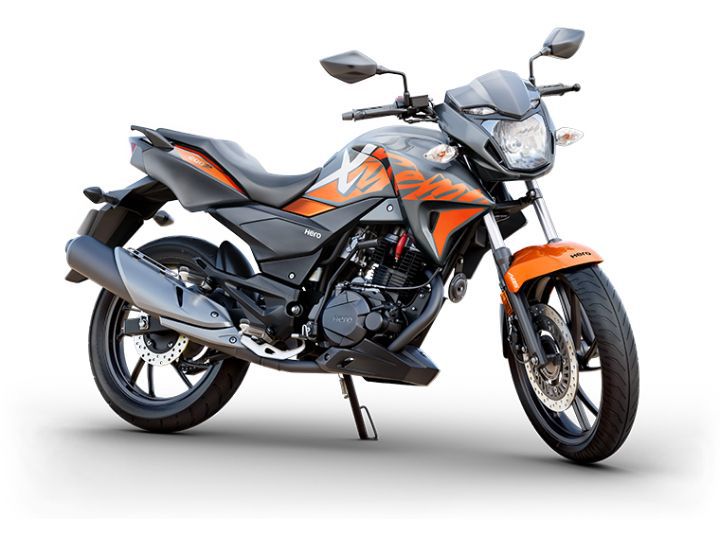The motorcycling world is full of questions. From “What’s the best head protection?” to “When’s the next big motorcycle helmet sale?”, riders regularly ask in-depth, insightful questions about gear, parts, accessories and tires. “Why don’t all bikes have ABS?” is another popular question, yet the answer isn’t as simple as you might think. Factors such as type, size and design influence whether a bike has ABS or an Anti-Lock Braking System.
Type
If you’re a dirt biker, you know how much you value the opportunity to freestyle, putting your bike through its powerful paces while making moves that are unique to your physicality and riding style. Having ABS installed could seriously curtail your performance when you’re tearing it up on the dirt. Without ABS, you’re able to exact more control over your bike and adapt to the surface conditions, braking or skidding when you want to, not when the braking system kicks in.
Conversely, because ABS stops your wheels from locking when you have to brake hard and suddenly, you may seek ABS on your cruiser or commuter bike. Stop-and-go traffic typically means you’re using your brakes consistently and often suddenly. For example, you may be sailing along between clumps of traffic when a speeding commuter swerves into your lane in front of you without warning. You may also come upon a complete traffic standstill without much warning. In these instances, ABS – along with the best head protection on the market! – can be your best friend.
Size
Size is an important factor in whether bikes have ABS. In Europe, legislative commissioners passed a ruling that as of 2016, all new motorcycles of more than 125ccs must have ABS installed. Therefore, any bike less than 125ccs, such as a moped or scooter, does not have to have ABS installed. Due to the lightweight nature and typically low expense of a sub-125cc bike, the cost of installing the ABS would be far greater than the benefits.
Design & Cost
Depending on who you ask, ABS can be a performance and design curse. Any ABS adds weight and additional detail to a bike. For some riders, this adversely affects the bike’s aesthetic. Cruiser motorcyclists are a sector of the motorcycling population whose members are known to revere and uphold their classic bike’s original design aesthetic. For many cruiser owners, style is of higher value than technology.
It’s important to note that ABS not only affect a bike’s design but also its price. ABS bikes can often cost up to $500 more than non-ABS versions, which can influence a potential buyer’s decision-making process.
Safety
As you can see, a number of factors contribute to whether a bike has ABS installed or not. From a safety standpoint, insurance industry research has revealed that ABS could enhance riders’ safety by allowing them to maintain control when stopping suddenly. Of course, ABS is no substitute for practicing defensive riding every day of your life. Take responsibility for your personal safety today. Invest in the best head protection, motorcycle wheels, gear and tires to suit you and your riding style.
To read more on topics like this, check out the money category

Leave a Reply